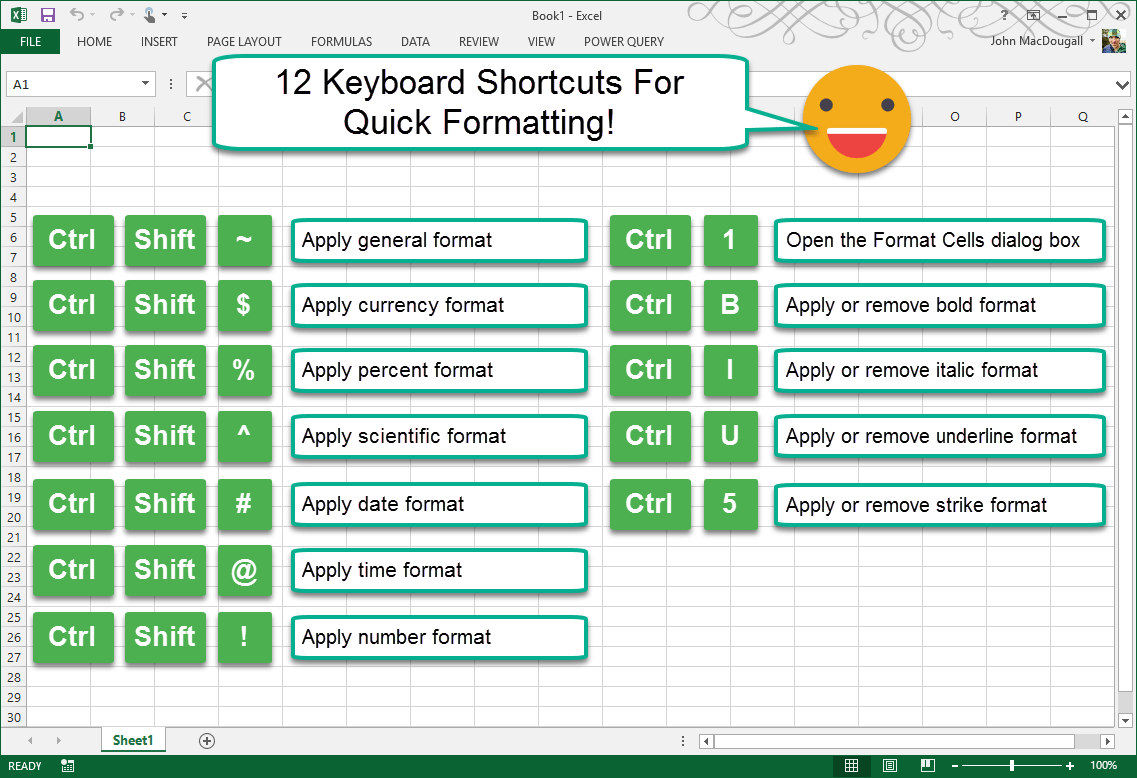Introduction
The difference between an average Word user and a power user often comes down to one thing: keyboard shortcuts. While most people click through ribbons and menus, power users navigate documents with lightning speed using only their keyboards.
As a technical writer and efficiency consultant who has trained hundreds of professionals, I’ve seen firsthand how mastering keyboard shortcuts can double productivity in Word. In this guide, we’ll move beyond basic Ctrl+C/Ctrl+V to reveal the most powerful, time-saving shortcuts—including little-known combinations that even experienced users often miss.
Essential Navigation Shortcuts Every User Should Know

Document Movement
- Ctrl + Home/End: Jump to start/end of document
- Ctrl + ↑/↓: Move by paragraph (instead of line by line)
- Alt + Ctrl + PgUp/PgDn: Jump between screens in long documents
Selection Shortcuts
- Ctrl + Shift + →: Select entire words (faster than dragging)
- Ctrl + A: Select all content
- F8 + Arrow Keys: Extend selection precisely
- Pro Tip: Press F8 twice to select a word, three times for a sentence, four times for a paragraph.
Case Study: A legal team reduced contract review time by 30% after adopting these selection shortcuts for quick editing.
Formatting Shortcuts That Replace the Ribbon

Text Formatting
- Ctrl + B/I/U: Bold/italic/underline
- Ctrl + Shift + >/<: Increase/decrease font size
- Ctrl + Spacebar: Reset formatting to default style
Paragraph Formatting
- Ctrl + 1/2/5: Single/double/1.5 line spacing
- Ctrl + L/R/E: Left/right/center align
- Ctrl + M: Indent paragraph
Expert Insight: I teach clients to combine these with Styles (Ctrl+Shift+S) for rapid document formatting.
Advanced Editing Shortcuts for Power Users

Special Characters & Symbols
- Alt + 0151: Em dash (—)
- Ctrl + -: Non-breaking hyphen
- Ctrl + Shift + Space: Non-breaking space
Navigation & Editing
- Shift + F3: Toggle case (UPPER/lower/Title)
- Ctrl + Backspace/Delete: Delete whole words
- Ctrl + F3: Cut to Spike (collect multiple items)
Real-World Example: Journalists use the Spike (Ctrl+F3 to cut, Ctrl+Shift+F3 to paste) to quickly rearrange article sections.
Document Management & Review Shortcuts
Track Changes & Comments
- Ctrl + Shift + E: Toggle track changes
- Ctrl + Alt + M: Insert comment
- Ctrl + Shift + C: Copy formatting
Multi-Document Workflow
Ctrl + F6: Switch between open documents
Alt + Tab: Classic window switching
Pro Tip: Combine with Windows + ←/→ to work with two documents side-by-side.
Custom Shortcuts: Create Your Own Power Commands

Word lets you create custom keyboard shortcuts for:
Frequently used Styles
Macros
Menu commands
How to Create Custom Shortcuts:
- File > Options > Customize Ribbon > Keyboard Shortcuts
- Choose a command (e.g., “Heading 1”)
- Press your preferred key combination
- Assign and save
Case Study: An editor created Ctrl+Shift+H for “Heading 1” and saved 8 hours monthly on formatting manuscripts.
Shortcut Cheat Sheet: 10 Most Valuable Combos
- Ctrl + Shift + N: Apply Normal style
- Alt + Shift + D: Insert date field
- Ctrl + Shift + F8: Column selection
- Shift + F5: Jump to last edit
- Ctrl + Shift + F9: Convert fields to text
- Ctrl + Alt + V: Paste special
- Ctrl + Shift + G: Word count
- Alt + F9: Toggle field codes
- Ctrl + Shift + W: Underline words only
- Ctrl + . (period): Insert ellipsis
Conclusion
Mastering Word keyboard shortcuts is like learning to touch-type—it requires initial effort but pays lifelong dividends in speed and efficiency. By implementing even 5-10 of these shortcuts consistently, you can:
✔ Reduce mouse dependency (saving wrist strain)
✔ Cut document editing time by 20-40%
✔ Work more professionally with precise control
Challenge Yourself: For one week, ban yourself from using the mouse for formatting. You’ll be amazed how quickly these shortcuts become second nature.
Final Thought: In the time it took to read this article, you could have performed 50+ actions using shortcuts. How many more could you save this year?